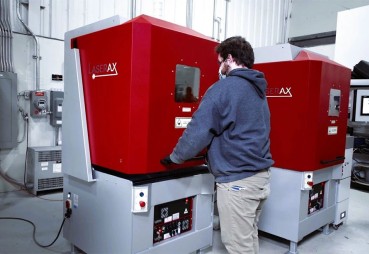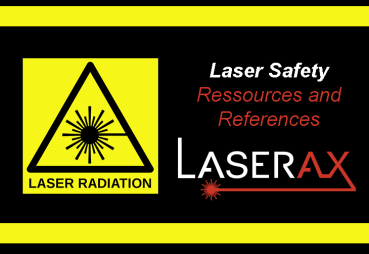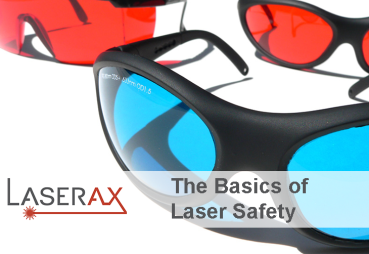Laser Safety Standards Explained
Laser systems are an integral part of manufacturing processes in several industries. Whether you are an operator or a laser safety officer, understanding the laser safety standards that apply to your country and situation is crucial to ensuring the safe use of lasers. In this article, we’ll define and explain the key laser safety standards, their implications, and how they’re applied across North America, Europe and Asia.







